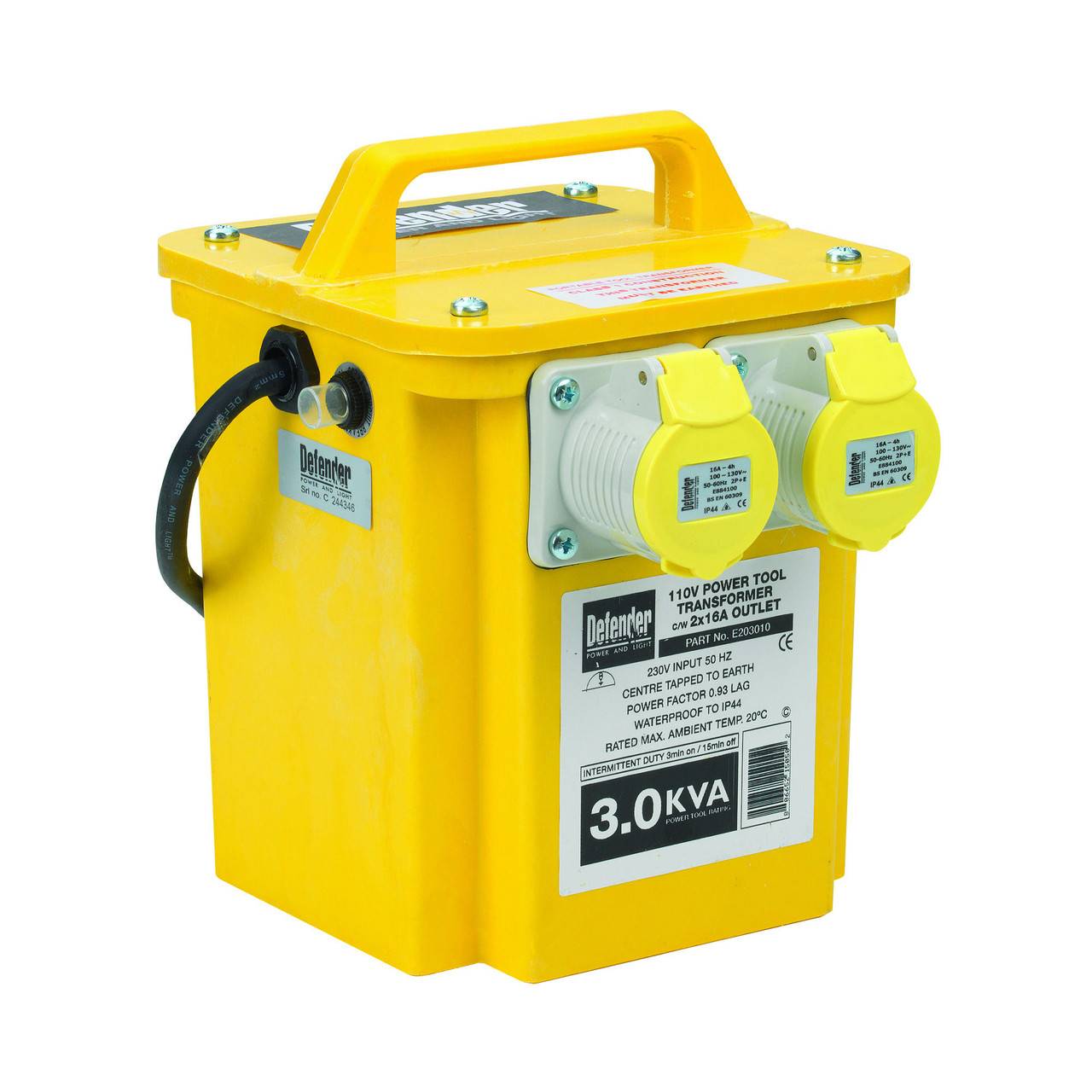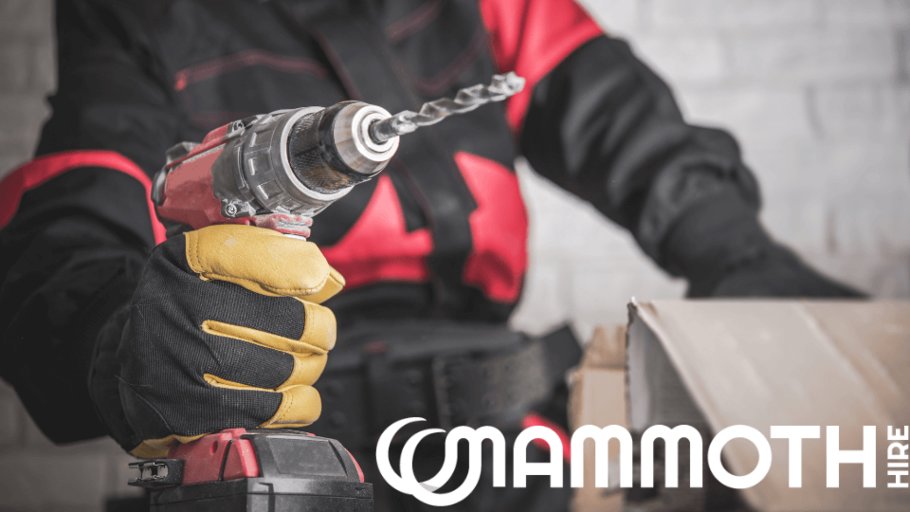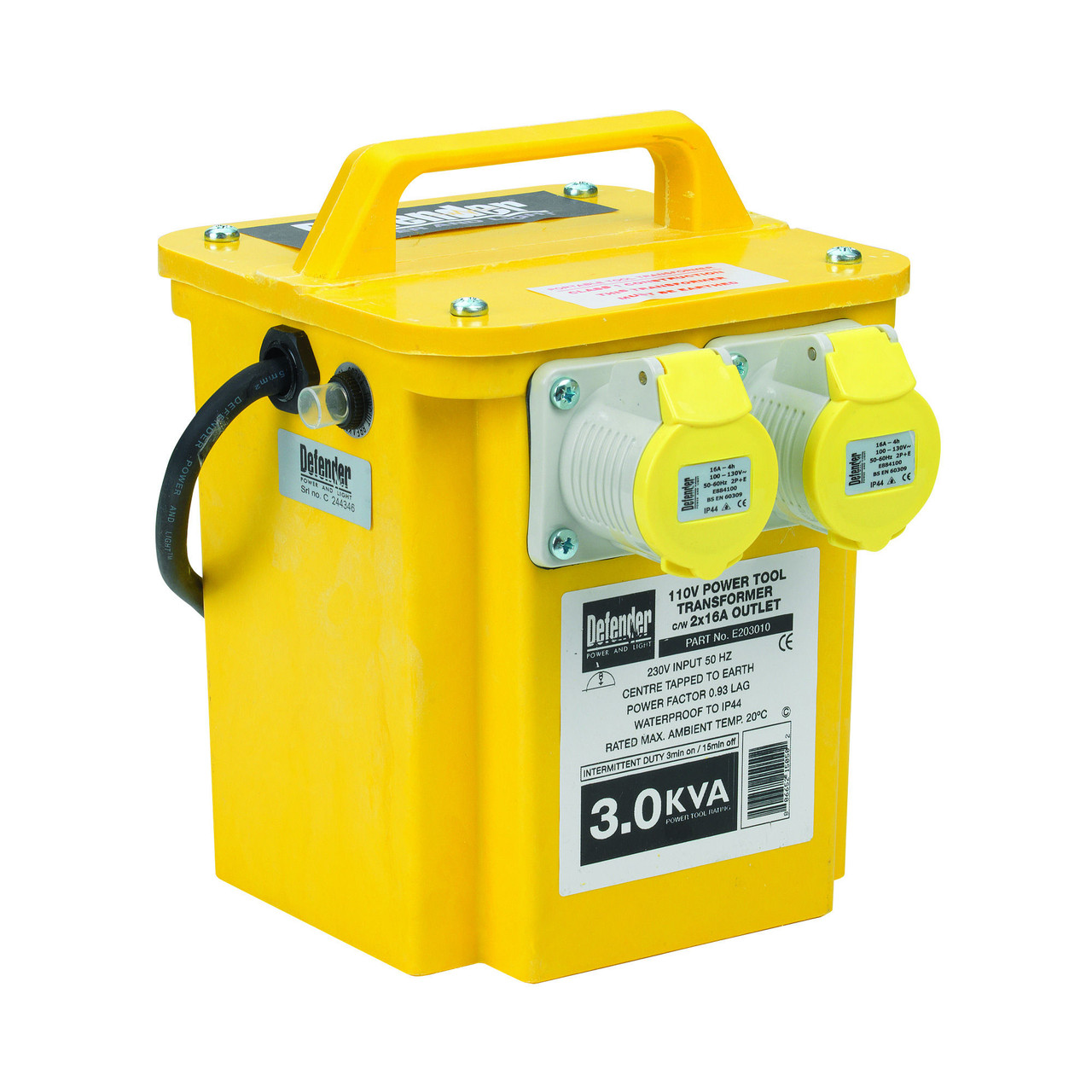Have you ever wondered why some power tools are labeled as 110v? Well, my curious friend, let’s unravel this mystery together! Power tools are essential for countless projects, but understanding why they have different voltage ratings is equally important. So, grab your tool belt and let’s dive into the fascinating world of power tools and electrical currents!
Now, let me break it down for you in simple terms. When we talk about voltage, we’re essentially talking about the “juice” that powers our tools. You see, power tools come in a variety of voltages, but 110v is a common standard. You may have also come across tools with higher voltages like 220v or even 240v.
But why are some power tools specifically designed to operate at 110v? Well, my friend, it all comes down to safety and compatibility. In many parts of the world, including the United States, the standard household electrical outlet delivers around 110-120 volts of electrical power. By manufacturing power tools that match this voltage, manufacturers ensure that the tools can be easily plugged into regular outlets without the need for additional equipment.
So, whether you’re a DIY enthusiast or a professional tradesperson, understanding why some power tools are 110v can help you make informed choices and ensure you have the right tools for the job. So, let’s dig deeper into the fascinating world of power tools and explore the reasons behind their varying voltage ratings! Time to unleash your inner handyman!

Why Are Some Power Tools 110v?
Power tools are an essential part of any handyman’s arsenal. They make tasks easier and quicker, allowing us to tackle various projects around the house or on the job site. When it comes to power tools, you may have noticed that some are labeled as 110v. But what does this mean, and why are some power tools 110v? In this article, we will explore the reasons behind the 110v designation, the benefits it offers, and any considerations you should keep in mind when using these tools.
Understanding Voltage: What Does 110v Mean?
Voltage is the measure of electric potential energy, and it determines the rate at which electric energy is transferred. In the case of power tools, the voltage rating refers to the amount of electric potential energy required to power the tool. The 110v designation means that the power tool operates on a standard voltage of 110 volts.
So why is this specific voltage used for power tools? One reason is the widespread availability of 110v outlets. In many countries, including the United States and Canada, the standard household voltage is 110 volts, making it convenient for homeowners to plug in and use their power tools without the need for additional equipment.
Another consideration is safety. Power tools that operate at 110v are generally designed for smaller, less powerful applications, such as household projects or light-duty work. The lower voltage reduces the risk of electrical shock or other accidents, making these tools more suitable for non-professional users.
It’s important to note that while 110v tools are common in some countries, other regions may use different standard voltages. For example, in Europe, the standard is typically 220v. Always check the voltage requirements and ensure compatibility before using power tools in different countries.
Benefits of Using 110v Power Tools
Now that we understand what the 110v designation means let’s explore the benefits of using power tools that operate on this voltage.
1. Widely available outlets: As mentioned earlier, 110v outlets are prevalent in many countries, particularly in North America. This means you can easily find a compatible power source without the need for adapters or special equipment.
2. Convenience and portability: 110v power tools are generally smaller and lighter than their higher voltage counterparts. This makes them more portable and easier to handle, ideal for projects that require maneuverability or working in tight spaces.
3. Lower risk of electrical accidents: The lower voltage of 110v tools reduces the risk of electrical shock. While it’s always important to prioritize safety and take proper precautions when using any power tool, the lower voltage provides an added layer of protection, especially for inexperienced users.
Tips for Using 110v Power Tools
Using 110v power tools effectively and safely requires some consideration. Here are a few tips to keep in mind:
1. Check the voltage: Always verify the voltage requirements of the power tool and ensure it matches the voltage in your region. Using a power tool with the wrong voltage can damage the tool or pose a safety risk.
2. Use appropriate extension cords: If you need to extend the reach of your 110v power tool, use extension cords that are rated for the tool’s wattage and designed for outdoor use if necessary. Using inadequate or damaged cords can cause power fluctuations or electrical hazards.
3. Read the user manual: Familiarize yourself with the manufacturer’s instructions and safety guidelines for each power tool. Different tools may have specific operating procedures or precautions that should be followed for optimal performance and safety.
4. Wear personal protective equipment (PPE): Regardless of the voltage, it’s essential to wear appropriate PPE such as safety glasses, gloves, and ear protection when operating power tools. PPE helps minimize the risk of injuries from flying debris, loud noises, and other potential hazards.
5. Maintain your tools: Regularly inspect and maintain your power tools to ensure they are in good working condition. Clean them after use, check for any loose or damaged parts, and follow the manufacturer’s recommendations for maintenance or servicing.
Additional Considerations for 110v Power Tools
When using 110v power tools, it’s crucial to understand the limitations and specific applications for which they are suitable. While these tools are versatile and can handle many DIY projects, they may not be ideal for heavy-duty or professional use. Here are some additional considerations:
Versatility vs. Power
110v power tools are typically designed for lighter tasks, such as woodworking, home repairs, or crafts. If you require more power for extensive construction work or other heavy-duty applications, you may need to consider higher voltage tools.
Compatibility with other equipment
Different power tools and equipment may have different voltage requirements. When using multiple tools simultaneously, ensure they are compatible with the available power source. Adapters or transformers may be needed to convert voltage levels or provide proper grounding.
Industrial vs. Home Use
If you’re planning to use power tools in a commercial or industrial setting, it’s important to determine the voltage standards and regulations in your industry. Some industries may require higher voltage power tools for specific tasks or safety standards.
In summary, the 110v designation for power tools refers to their voltage requirement. These tools operate on a standard household voltage in many countries, providing convenience and safety benefits. However, it’s crucial to understand the limitations of 110v tools and consider their suitability for specific applications. Always prioritize safety, follow manufacturer guidelines, and use proper precautions when operating any power tool.
Key Takeaways: Why are Some Power Tools 110V?
1. Power tools that operate on 110V are more commonly used in the United States.
2. In the US, the standard household electrical outlets supply 110V power.
3. Using 110V power tools ensures compatibility with the electrical infrastructure in most American homes.
4. 110V power tools are generally lighter and more portable compared to higher voltage options.
5. Lower voltages can be safer for DIY projects and are less likely to cause electrical hazards.
Frequently Asked Questions
When it comes to power tools, you may have noticed that some are labeled as 110v. Find out why with these common questions and answers.
1. How does voltage relate to power tools?
Voltage refers to the amount of electrical force that flows through a power tool. In the case of power tools labeled as 110v, it means they are designed to operate on a standard household electrical outlet, which typically provides 110 volts of electricity. These tools are commonly used in residential settings and are more portable and convenient for DIY enthusiasts and homeowners.
On the other hand, other power tools may be labeled as 220v or higher. These tools are more commonly found in commercial or industrial settings where higher voltages are available to power larger equipment. It’s essential to choose a power tool with the correct voltage rating to ensure its safe and efficient operation.
2. Can I use a 110v power tool with a higher voltage outlet?
No, it is generally not recommended to use a 110v power tool with a higher voltage outlet. Connecting a tool rated for a lower voltage to a higher voltage outlet can cause serious damage to the tool and pose a safety risk. The tool may overheat, its motor may burn out, or it could even cause an electrical short circuit.
Always ensure that the power tool’s voltage rating matches the voltage available from the electrical outlet. If you have a higher voltage outlet and want to use a 110v power tool, you can consider using a step-down transformer to convert the voltage to a suitable level for the tool.
3. Why are some power tools labeled as dual voltage?
Power tools that are labeled as dual voltage can be operated on multiple voltage settings, such as 110v and 220v. This flexibility allows the tools to be used in various locations with different electrical systems. Dual voltage tools are commonly used by professionals who may need to travel to different job sites or work with different voltage standards.
To switch between voltage settings in a dual voltage power tool, you may need to adjust a switch or change a plug adapter. Always consult the tool’s manual or manufacturer guidelines to ensure you set the correct voltage before operating the tool.
4. Are 110v power tools less powerful compared to higher voltage tools?
The voltage rating of a power tool does not directly determine its power or performance. While it is true that higher voltage tools may be capable of handling more demanding tasks, 110v power tools can still be highly effective for most household and DIY projects.
The power and performance of a tool are determined by various factors, including the motor’s design, the tool’s build quality, and the available features. It’s essential to choose a tool that suits the specific needs of your project rather than solely focusing on the voltage rating.
5. Can I use a 110v power tool with an extension cord?
Yes, you can use a 110v power tool with an extension cord, but there are a few considerations to keep in mind. Extension cords should be properly rated for the power tool’s amperage and length to avoid overheating or voltage drops that can affect the tool’s performance.
Choose an extension cord with a wire gauge suitable for the tool’s power requirements. Thicker gauge cords have lower numbers, such as 12 or 14, which are more appropriate for heavy-duty tools. Additionally, consider the length of the cord, as longer cords may result in a drop in voltage over distance.

110V Transformers – 3 Things You Need to Know
Summary:
Power tools often come in two voltage options: 110v and 220v.
The main reason for this is safety and compatibility with different electrical systems around the world.
110v tools are commonly used in North America, while 220v is more prevalent in Europe and other regions.
The voltage affects the power and performance of the tool, so using the correct voltage is important.
Some tools are convertible and can work with both voltages, but others are designed specifically for one voltage.
It’s important to check the voltage requirements before buying a power tool to ensure it will work properly and safely.
